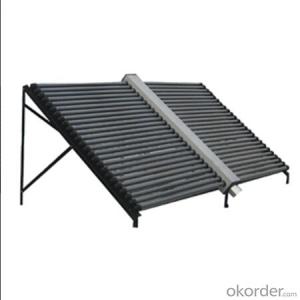Easun Solar Inverter
Easun Solar Inverter Related Searches
Best Inverter Solar Panel Solar Panel On Roof Rack Inverter To Solar Panel Ratio Solar Panel Decking Lights Solar Panel Inverter Box 1000 Watt Solar Panel Inverter 12 Volt Solar Panel Inverter Plastic Solar Lanterns Buy Solar Panel Inverter Solar Panel Inverter CostHot Searches
Type Of Inverter For Solar Types Of Inverter For Solar Used Solar Inverter For Sale Inverter Size For Solar System Solar Edge Inverter For Sale 5kw Solar Inverter For Sale Solar Inverter For Sale Solar Inverter For Battery Solar Inverter For Split Ac Solar Inverter For Laptop Solar Inverter For Fridge Solar With Inverter Price Solar Inverter With 2 Battery Solar Inverter Price In China Best Solar Inverter In China Solar Inverter Price In Dubai Solar Inverter Price In Uae Solar Inverter Price In Kenya Solar Inverter Price In Kerala Solar Hot Water Collectors For SaleEasun Solar Inverter Supplier & Manufacturer from China
Okorder.com is a professional Easun Solar Inverter supplier & manufacturer, offers integrated one-stop services including real-time quoting and online cargo tracking. We are funded by CNBM Group, a Fortune 500 enterprise and the largest Easun Solar Inverter firm in China.Hot Products
FAQ
- A grid-tied solar inverter functions by converting the direct current (DC) generated by solar panels into alternating current (AC) that can be used to power appliances and feed back into the electrical grid. It synchronizes the AC power output with the grid's frequency and voltage, allowing excess electricity produced by the solar panels to be sent back to the grid, earning credits or reducing the homeowner's energy bill. It also ensures the system's safety by monitoring grid conditions and automatically shutting down during power outages.
- No, a solar inverter and a string inverter system are two different types of inverters used in solar power systems. They cannot be used interchangeably as they have different functionalities and are designed for different types of solar installations.
- What is the difference between a grid-connected inverter and an off-grid inverter? What are the advantages of a hybrid inverter?
- Offline generally need energy storage, not to send energy to the Internet. Grid has no right to interfere.
- Yes, a solar inverter can be used in a building-integrated photovoltaic system. A solar inverter is an essential component in any photovoltaic system as it converts the direct current (DC) produced by the solar panels into alternating current (AC) that can be used to power electrical devices in a building. In a building-integrated photovoltaic system, the solar panels are integrated into the building's structure, such as being incorporated into the roof or facade. The solar inverter is still required to convert the DC electricity generated by the integrated solar panels into AC electricity that can be used in the building.
- Certainly, a solar inverter can indeed be utilized in regions characterized by elevated humidity levels and salt air exposure. Nevertheless, it is imperative to opt for a solar inverter explicitly engineered to withstand such circumstances. The presence of high humidity has the potential to induce corrosion and harm electronic components, while salt air exposure can expedite corrosion due to the corrosive properties of salt. Consequently, it is vital to choose an inverter constructed from corrosion-resistant materials, such as stainless steel or coated circuit boards. Furthermore, consistent maintenance and cleaning of the inverter are essential to guarantee optimal performance and longevity in such environments.
- A solar inverter converts DC power to AC power by utilizing a two-step process. First, it converts the DC power generated by the solar panels into a high-frequency AC current. Then, it uses a transformer to increase the voltage and shape the AC waveform to match the grid's requirements. This process allows the solar energy to be fed into the electrical grid or used directly in homes and businesses.
- The role of a solar inverter in a solar-powered water purification system is to convert the direct current (DC) generated by the solar panels into alternating current (AC) that can be used to power the water purification system. It also ensures the optimal utilization of solar energy by regulating the voltage and frequency of the electricity produced, making it compatible with the requirements of the water purification system.
- Yes, a solar inverter can be integrated with energy management systems. By connecting a solar inverter to an energy management system, it allows for better monitoring, control, and optimization of the solar power generated. This integration enables efficient management of energy consumption, storage, and distribution, leading to increased energy efficiency and cost savings.















































